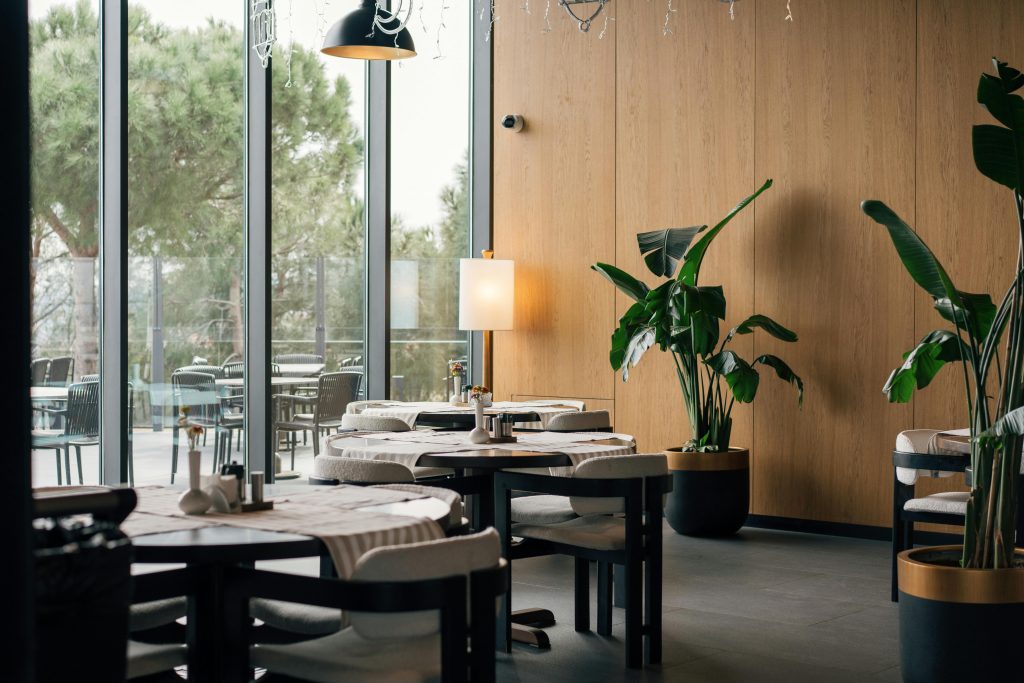In modern commercial environments, the design of lounge seating goes far beyond aesthetics. As businesses rethink how space influences productivity and atmosphere, the performance of seating in terms of both acoustics and physical comfort has taken center stage.
Premium lounge chairs are not only built for durability and visual appeal—they are now expected to contribute meaningfully to both the sensory and spatial experience.
Whether in upscale hotel lobbies, executive waiting areas, or coworking lounges, these chairs act as functional pieces of architecture. They shape how sound behaves in a room and how people feel during moments of pause or interaction.
With design expectations rising, a closer look at the acoustic and comfort performance of lounge seating reveals why these features matter in the creation of high-quality public and semi-private spaces.
Reducing Noise Through Chair Structure and Upholstery
The acoustic performance of a lounge chair often begins with its shape and materials. Chairs with high backs, enclosed sides, or rounded silhouettes naturally absorb and redirect sound. In open-plan offices or bustling hospitality settings, these elements help create auditory privacy.
The materials used—particularly upholstery fabrics and inner cushioning—also play a major role in sound dampening. Heavily upholstered chairs are effective at reducing ambient noise and preventing sound from bouncing off hard surfaces.
Designers increasingly consider the chair itself as part of a broader acoustic strategy. When paired with carpeting, drapery, and soft wall coverings, well-crafted lounge chairs can contribute to a balanced and calming soundscape. This not only enhances comfort but also supports focus and relaxation for guests and employees alike.
Acoustic privacy is especially valuable in areas where people gather for informal meetings or solo work. By subtly blocking or absorbing sound, certain lounge chairs provide a sense of seclusion even in open or busy spaces. This makes them ideal for environments like hotel business centers or airport lounges, where acoustic comfort directly affects the user experience.
Supporting the Body for Long-Term Comfort
Physical comfort is just as crucial as sound performance. Premium lounge chairs are engineered with ergonomics in mind, designed to support the body without forcing it into stiff or unnatural postures. The contour of the seat, the angle of the backrest, and the quality of the cushioning all influence how comfortable a chair feels over time.
Well-made lounge seating accommodates a range of body types while offering sustained support for the lower back and shoulders. This is particularly important in commercial settings, where users may remain seated for extended periods without shifting positions. When form and cushioning are balanced correctly, lounge chairs invite relaxation without compromising spinal alignment or causing strain.
This consideration extends to the tactile quality of the materials. Upholstery should not only be acoustically absorbent but also soft and breathable. High-end textiles and foam compositions offer a level of plushness that contributes to the overall sense of comfort. Together, these design choices transform a passive sitting experience into one that feels intentionally restorative.
In hospitality or dining venues, premium lounge chairs may even double as informal waiting seats or conversation areas. In this case, their comfort level complements the aesthetic tone of the space and supports the business’s reputation for quality. Even in restaurants, you’ll often find similar considerations extended to premium restaurant chairs, where both posture support and noise reduction can impact the dining experience.
Enhancing the User Experience with Thoughtful Integration
Designing for both acoustic and physical comfort demands a thoughtful integration of form and function. Lounge chairs are no longer standalone objects but components of a larger system. Their placement, pairing with nearby elements, and adaptability to various users and uses make them valuable tools in curating a comfortable, high-performance environment.
For architects and interior designers, selecting lounge chairs that balance these two dimensions can elevate the spatial experience without adding complexity. For users, the effects are intuitive—spaces feel quieter, more welcoming, and less fatiguing. This subconscious impact is often what distinguishes standard commercial environments from those that leave a lasting impression.
It’s also worth noting that acoustics and comfort are not mutually exclusive. The best-performing lounge chairs bring both together in a seamless way. In fact, their success depends on how well they integrate these elements, offering users a haven from both visual and auditory distractions while promoting well-being.
Designing with Purpose and Performance in Mind
As public and commercial interiors continue to evolve, lounge seating is taking on new roles. It must now cater to diverse needs—whether providing a moment of quiet in a busy space or encouraging a sense of ease and belonging in a temporary setting. The acoustic and comfort performance of premium lounge chairs reflects a deeper understanding of how environments shape behavior and mood.
Ultimately, the chairs we choose for commercial spaces communicate more than style. They speak to the values of functionality, user care, and sensory awareness. By investing in seating that prioritizes both sound and physical support, designers and facility managers enhance not only the look of a space but also how it feels—and how well it works for those who use it.











